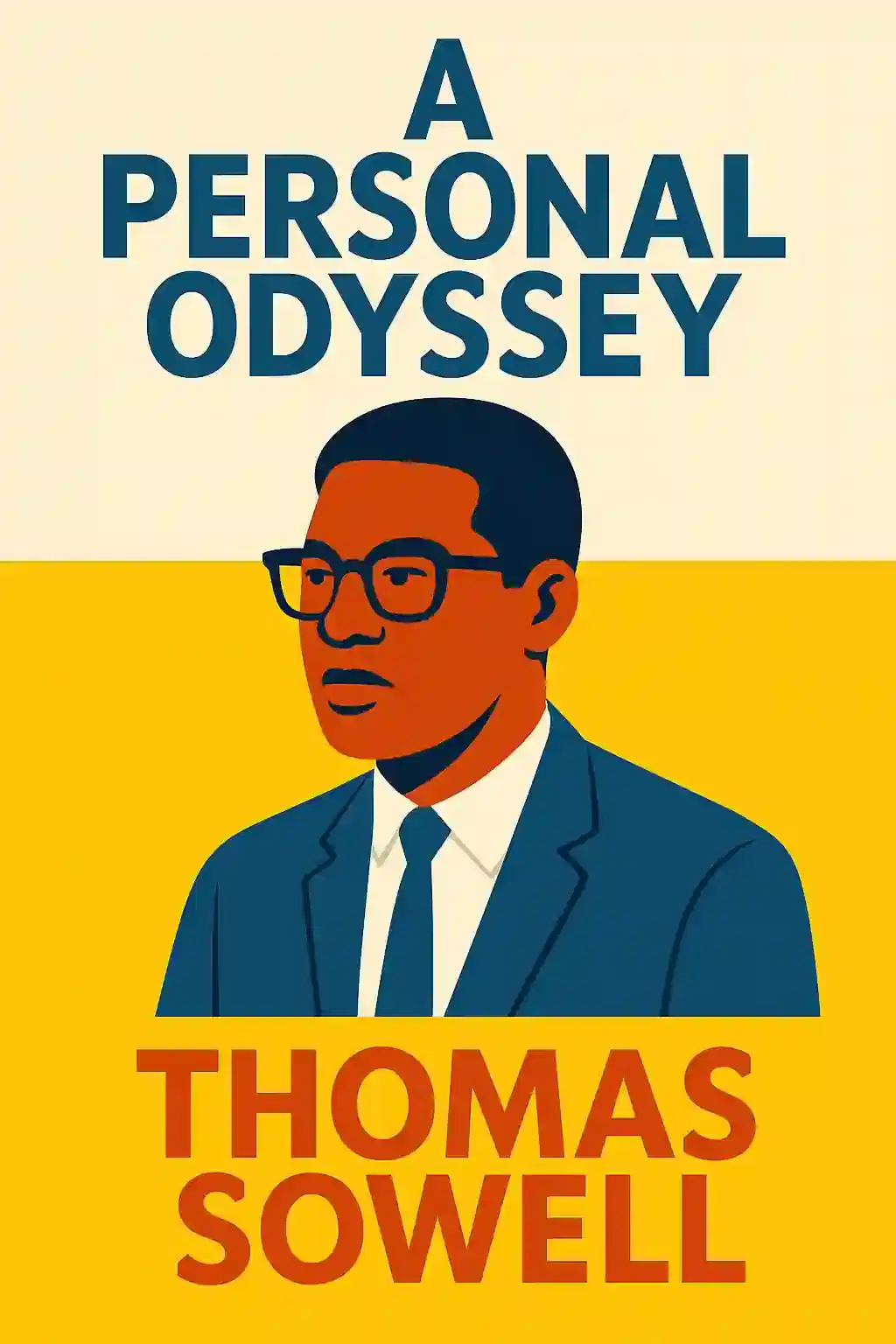
Social Justice Fallacies by Thomas Sowell Summary
Overview of Social Justice Fallacies
In "Social Justice Fallacies," 93-year-old Thomas Sowell dismantles progressive narratives with data-driven precision. Harvard's Steven Pinker calls him "among the most brilliant thinkers in the world today." What if challenging social justice orthodoxy reveals uncomfortable truths about our most cherished equity policies?
Similar books to Social Justice Fallacies
Feel the book through the author's voice
Turn knowledge into engaging, example-rich insights
Capture key ideas in a flash for fast learning
Enjoy the book in a fun and engaging way
Key takeaways
When the Numbers Tell a Different Story
A 92-year-old economist walks into the culture war-and the result is anything but quiet. Thomas Sowell's latest work has ignited fierce debate across the political spectrum, earning praise from tech moguls and intellectuals alike while drawing sharp criticism from others. What makes this particular intervention so provocative? After decades of scholarship, Sowell presents a systematic challenge to some of our most cherished assumptions about fairness and inequality, armed not with ideology but with data that refuses to cooperate with our preferred narratives. The question isn't whether you'll agree with every conclusion-it's whether you're willing to examine evidence that might unsettle your convictions.
The Equality That Never Was
Before Birth, Before Choice
The Inconvenient Data on Race
When Experts Knew Too Much
The Mirage of Permanent Poverty
Living With What We Cannot Know
Quick Summary Mode - Read or listen to Social Justice Fallacies Summary in 9 Minutes
Break down key ideas from Social Justice Fallacies into bite-sized takeaways to understand how innovative teams create, collaborate, and grow.
Flash Card Mode - Top 10 Insights from Social Justice Fallacies in a Nutshell
Distill Social Justice Fallacies into rapid-fire memory cues that highlight Pixar’s principles of candor, teamwork, and creative resilience.

Fun Mode - Social Justice Fallacies Lessons Told Through 25-Min Stories
Experience Social Justice Fallacies through vivid storytelling that turns Pixar’s innovation lessons into moments you’ll remember and apply.
Personalize Mode - Read or listen to Social Justice Fallacies Summary in 0 Minutes
Ask anything, pick the voice, and co-create insights that truly resonate with you.

From Columbia University alumni built in San Francisco

Get the Social Justice Fallacies summary as a free PDF or EPUB. Print it or read offline anytime.










